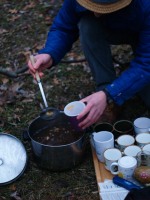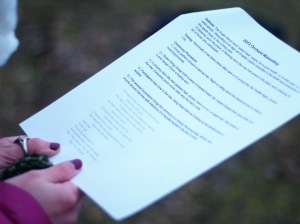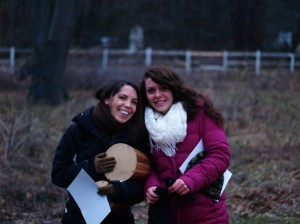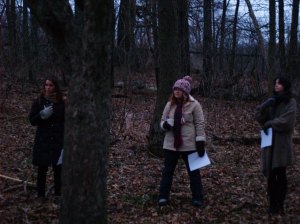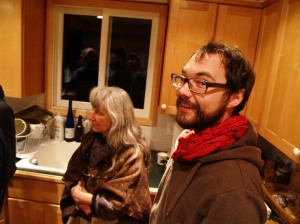My enthusiasm for cider drinking, cider-making, and everything involved in the culture of cider, is ever expanding and one resource that’s been monumental for me is The New Cider Maker’s Handbook by Claude Jolicoeur. Being a noob to the cider making world, I am beyond grateful to have this gem— and from what I can tell this is perhaps one of the most comprehensive guides to date. The book is beautifully put together with rich text and loads of high quality photographs and diagrams adding even more clarity.
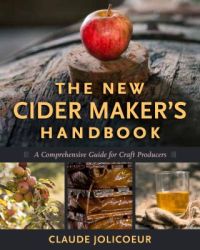 Claude lays the foundational principles behind cider making and outlines all the step necessary for making a good cider, from grinding and pressing your apples to fermenting and bottling the finished product. He compares various types of presses and highlights the pros and cons of different apple grinders. He even shares his basic plans for making a DIY apple grinder that grinds a bushel of apples in 1-2 minutes! In fact, while scrambling around earlier this year deciding how to improve upon our (slow) sink disposal grinder unit and while getting overwhelmed by the seemingly infinite number of plans online and choosing whether to buy an entry level commercial grinder or build our own— Claude’s timely book came in clutch with the ideal plans for us to move forward! Many thanks to Claude we adapted his plan and came up with this nifty, high efficiency home-scale grinder:
Claude lays the foundational principles behind cider making and outlines all the step necessary for making a good cider, from grinding and pressing your apples to fermenting and bottling the finished product. He compares various types of presses and highlights the pros and cons of different apple grinders. He even shares his basic plans for making a DIY apple grinder that grinds a bushel of apples in 1-2 minutes! In fact, while scrambling around earlier this year deciding how to improve upon our (slow) sink disposal grinder unit and while getting overwhelmed by the seemingly infinite number of plans online and choosing whether to buy an entry level commercial grinder or build our own— Claude’s timely book came in clutch with the ideal plans for us to move forward! Many thanks to Claude we adapted his plan and came up with this nifty, high efficiency home-scale grinder:
Claude has won awards for his craft ciders and takes a detail oriented approach to sharing his deep understanding of the processes involved in making high quality cider. The book covers both the scientific and practical aspects of the process, such as measuring gravity with a hydrometer, testing the acidity of your must, choosing the right yeast strain, and blending apple varieties to make the type of cider you’re after. He outlines the techniques for making sweet or dry cider, sparling or still cider, and even Québec’s finest: ice cider!
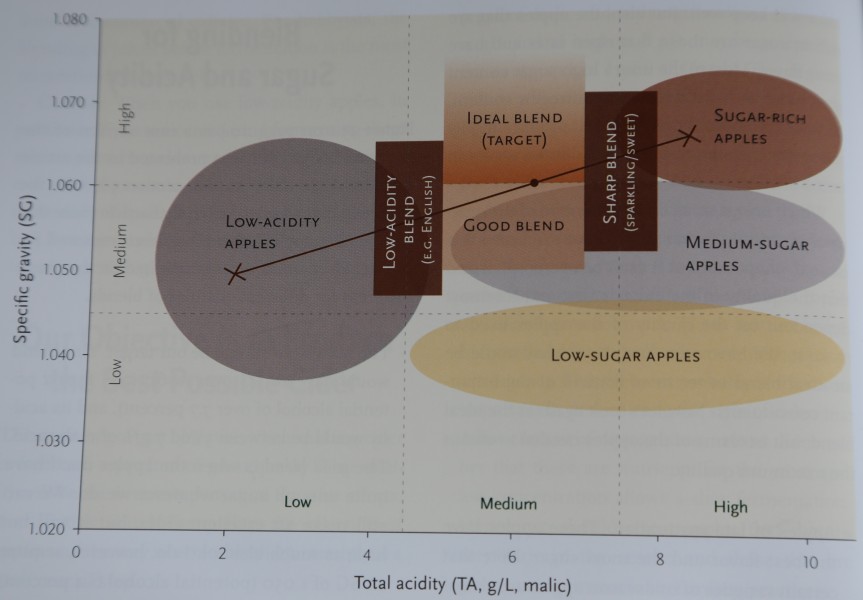
With some 70 gallons of cider fermenting in my basement this year, I’ve constantly been turning to the book as a reference. Claude explains potential challenges in the process making troubleshooting a breeze. What Claude has offered to the cider community is invaluable; The New Cider Maker’s Handbook is a crucial resource for beginner cider makers and will offer a range of tips, tricks, and new ideas for the advanced cider maker. Visit Claude’s website to learn more about his cider brilliance.
CLICK HERE TO BUY THE NEW CIDERMAKER’S HANDBOOK FROM CHELSEA GREEN



